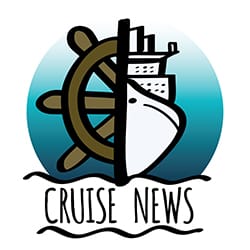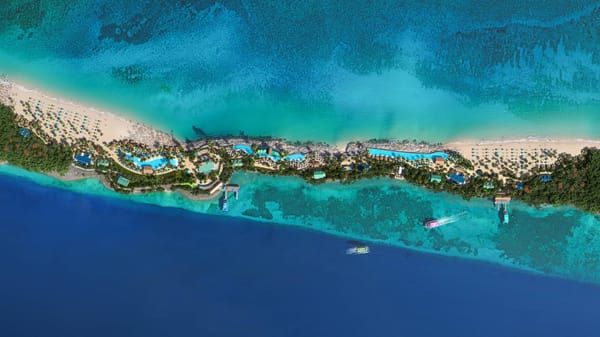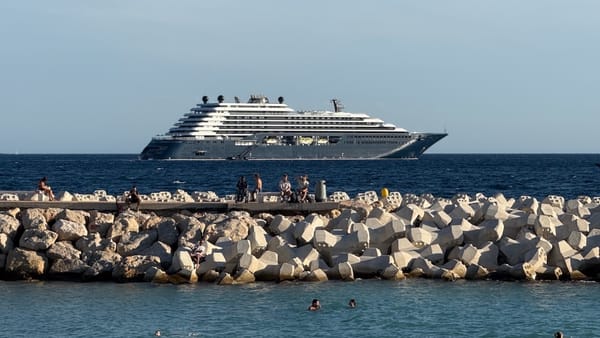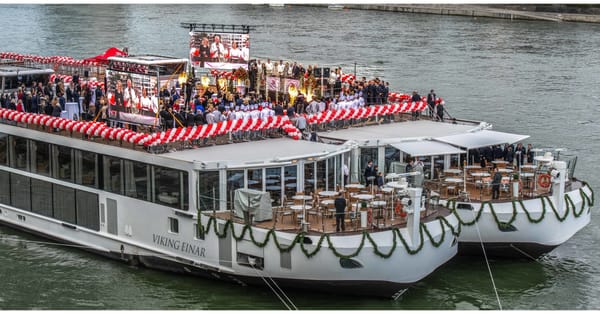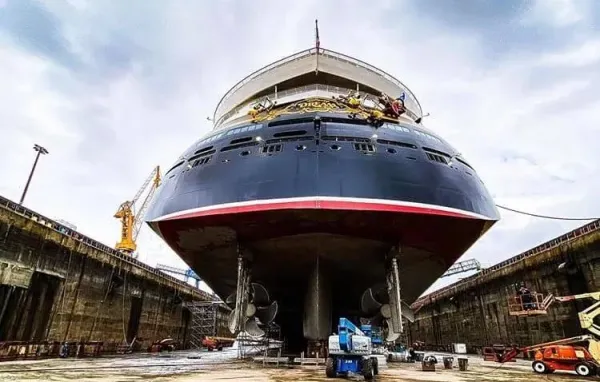Cannes to Ban Cruise Ships Over 1300 in 2030
Cannes’ new cruise limits reflect a wider European shift toward managing overtourism, aiming to preserve local character and environment while still supporting the regional economy.
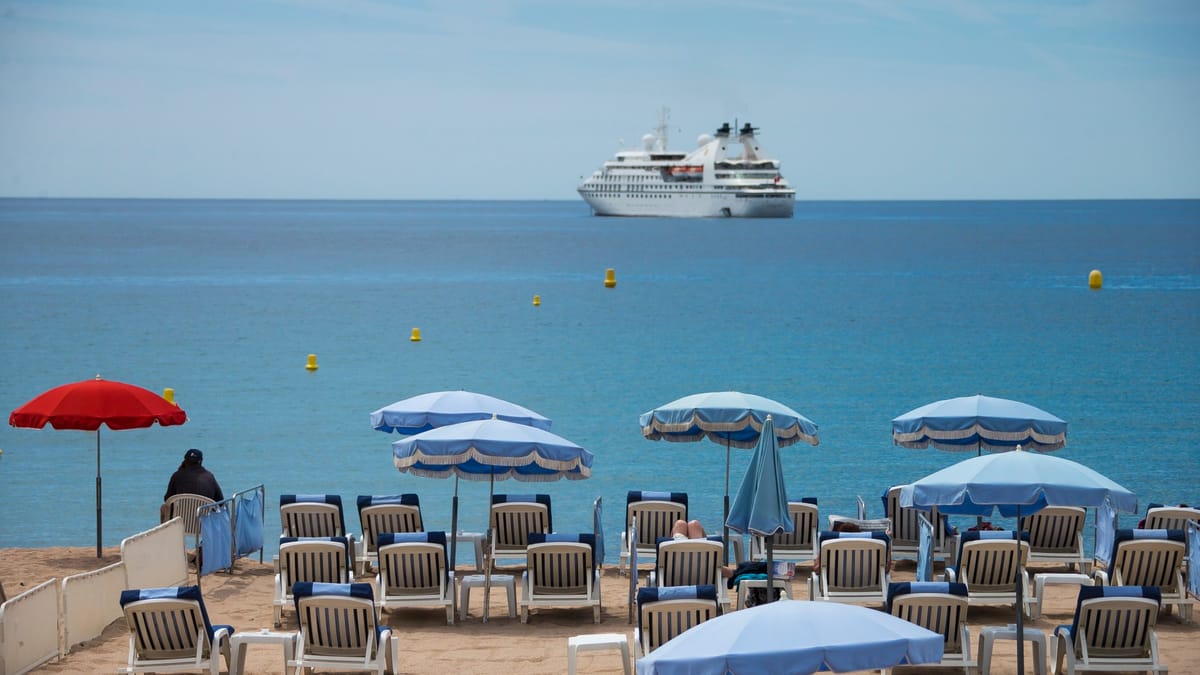
The French Riviera city of Cannes has announced sweeping new regulations aimed at reducing the environmental and social impact of cruise tourism. A daily cap of 6,000 cruise passengers will be enforced starting January 1, 2026, while the ban on cruise ships carrying over 1,300 passengers will take effect by 2030. Local officials describe the measures as an effort to make cruise tourism “less numerous, less big, less polluting and more aesthetic” while maintaining the sector’s economic benefits for the region.
Implementation and Scope of the New Limits
The Cannes city council voted on the measures after recording 175 cruise ship visits in 2022, which brought approximately 460,000 cruise passengers to a municipality of about 75,000 residents. City data indicates that cruise arrivals accounted for roughly 15% of overall tourism last year. Under the new rules:
- Any ship carrying over 1,300 passengers will be barred from docking at Cannes port (with the ban taking full effect by 2030) and must anchor offshore until then.
- A total of 6,000 cruise passengers will be permitted to disembark per day, regardless of the number of ships in port, beginning January 1, 2026.
- Phased limits will reduce calls by ships carrying more than 5,000 passengers by 48% by 2026.
Mayor David Lisnard remarked, “It’s not about banning cruise ships, but about regulating, organizing, [and] setting guidelines for their navigation.” Officials say the city intends to balance reducing overtourism with supporting the economic benefits brought by cruise visitors. Larger ships will tender passengers ashore, a practice that aims to curb congestion and protect the bay environment.
Regional and Global Context
Cannes is part of a growing movement in Europe to regulate large cruise ships and address overtourism. Nearby destinations, including Nice and Villefranche-sur-Mer, are introducing similar limits. Venice banned large vessels from its historic center in 2021, Barcelona tightened docking rules in 2022 and 2023, and Amsterdam and other European cities have also adopted strategies to curb overcrowding and reduce emissions.
The Mediterranean, in particular, has experienced increased backlash from local communities worried about pollution, traffic congestion, and strained infrastructure during the post-pandemic rebound. Stricter regulations, passenger levies, and capacity caps are among the measures being used to manage these challenges.
Industry Reaction and Economic Implications
While local officials emphasize sustainability, many cruise operators caution that passenger limits and docking prohibitions could negatively affect both the cruising experience and revenues for local businesses. A Royal Caribbean Group spokesperson noted that such measures complicate itinerary planning and potentially reduce a destination’s appeal to global travelers. Similarly, the Cruise Lines International Association (CLIA) has urged a balanced, collaborative approach to ensure the industry can continue to contribute to local economies.
Cannes businesses, including restaurants, shops, and tour operators, depend on the foot traffic generated by cruise visitors. Some entrepreneurs worry the new rules might lead to lower revenue if fewer passengers disembark or if large ships limit their stops. However, city leaders plan to focus on attracting smaller, higher-spending visitor segments, hoping to preserve economic gains while mitigating negative effects on the community and environment.
Balancing Tourism and Sustainability
Supporters of the regulations argue that the city’s famed shoreline and cultural heritage demand a more conscientious approach to tourism management. According to Mayor Lisnard, the plan is designed to protect both residents’ quality of life and Cannes’ long-term viability as a premier Mediterranean destination. The city’s measures reflect a broader strategy seen in other European ports that are seeking to limit overcrowding while still welcoming cruise tourism under careful controls.
Key Changes at a Glance
- Ships carrying over 1,300 passengers: Banned from docking (with the ban fully enforced by 2030).
- Daily disembarkation cap: 6,000 passengers, regardless of the number of visiting ships, effective January 1, 2026.
- Phased goals: A 48% reduction in calls by vessels with more than 5,000 passengers by 2026.
- Policy objective: Achieve a “less numerous, less big, less polluting and more aesthetic” model of cruise tourism.
Frequently Asked Questions (FAQs)
What is the purpose of Cannes’ new cruise tourism regulations?
The goal is to minimize environmental and social pressures associated with cruise tourism, such as overcrowding and pollution, while maintaining economic benefits for local businesses. City leaders aim to strike a balance between sustaining visitor spending and preserving the region’s quality of life.
How will ships carrying more than 1,300 passengers operate under these rules?
Until the ban takes full effect by 2030, larger ships will have to anchor offshore rather than dock directly at the port. Passengers will be tendered ashore in smaller groups, helping to reduce congestion and environmental impact near the harbor.
How might these limits affect itineraries and onshore spending?
Cruise lines may need to adjust scheduling or reduce the number of passengers disembarking to meet the 6,000-person daily cap. Some operators worry this could lead to decreased spending at local restaurants, shops, and attractions. However, Cannes plans to emphasize smaller, higher-spending visitor segments to offset potential revenue losses.
Are other cities taking similar steps?
Yes. Nice, Villefranche-sur-Mer, Venice, Barcelona, and Amsterdam have each implemented or proposed measures to limit megaship arrivals and regulate cruise tourism in response to concerns about overtourism and environmental sustainability.
How many cruise visitors did Cannes welcome last year?
The city recorded 175 ship calls, bringing in about 460,000 cruise passengers. This figure represents approximately 15% of Cannes’ total tourism, reflecting the significant role cruise travel plays in the local economy.
City leaders say these policies mark a long-term commitment to protect the natural beauty of the French Riviera, enhance the visitor experience, and ensure that cruise tourism remains an asset rather than a burden for Cannes and its residents.
